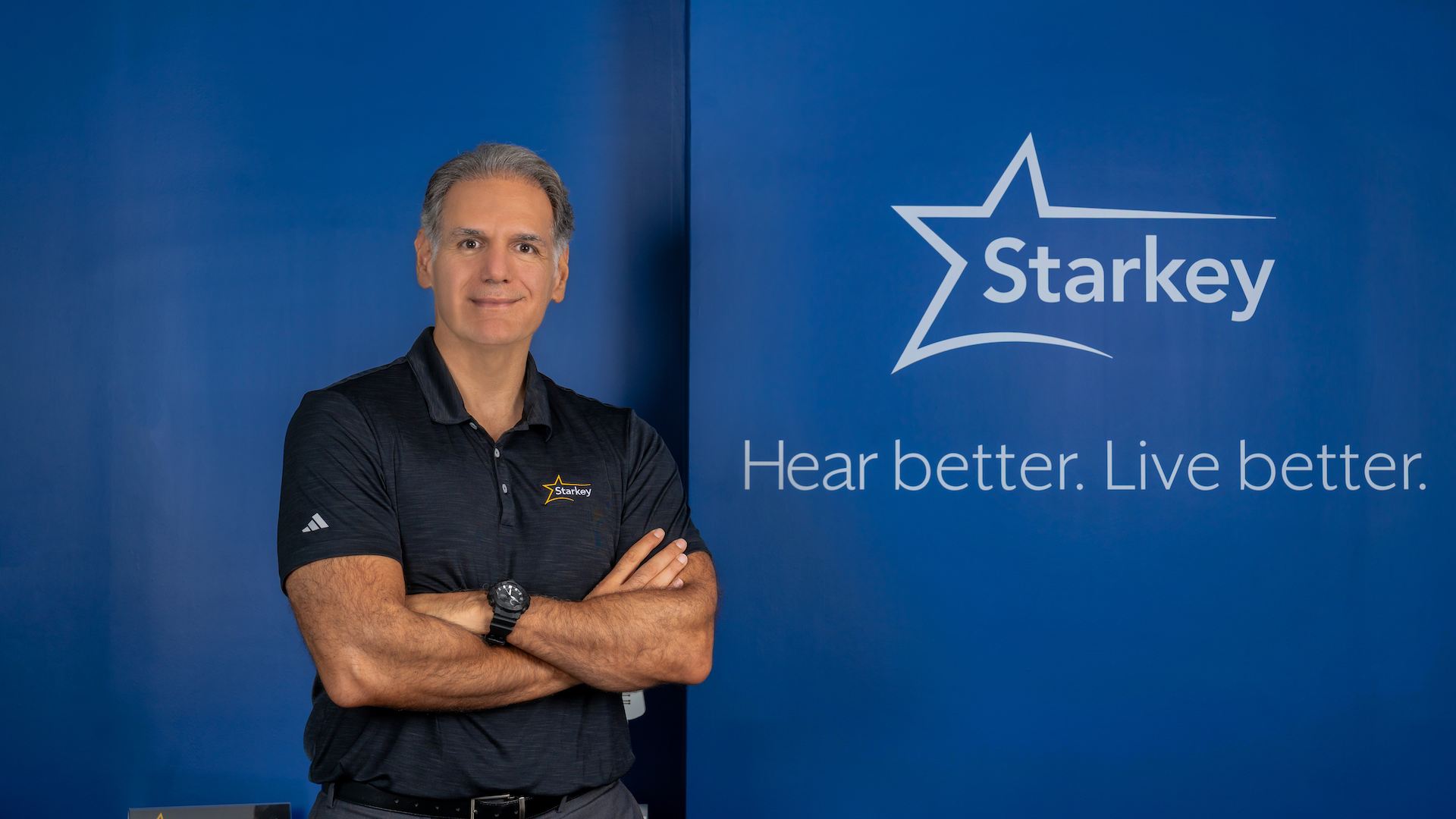Tech News
UiPath Advances Open Agentic Ecosystem through Bi-directional Integrations with Microsoft Copilot Studio

UiPath recently announced new capabilities that enable the orchestration of Microsoft Copilot Studio agents alongside UiPath and other third-party agents using UiPath Maestro, an enterprise orchestration solution to seamlessly coordinate agents, robots, and people across complex processes. Developers can now orchestrate Microsoft Copilot Studio agents directly from Maestro.
This capability builds on bi-directional integration between the UiPath Platform and Microsoft Copilot Studio recently announced by Microsoft, that facilitates seamless interaction between UiPath and Microsoft agents and automations — allowing customers to automate complex end-to-end processes, enable contextual decision-making, improve scalability, and unlock new levels of productivity. Developers can now embed UiPath automations and AI agents directly into Microsoft Copilot Studio and integrate Copilot agents within UiPath Studio— all while orchestrating seamlessly across platforms with UiPath Maestro.
“Our continued partnership with Microsoft enables millions of Microsoft users to take full advantage of the capabilities and flexibility offered by agentic automation and orchestration,” said Graham Sheldon, Chief Product Officer at UiPath. “The UiPath multi-agent, cross-system capability uniquely enables seamless interaction and collaboration across various enterprise systems and applications, breaking down silos and enhancing overall operational efficiency.”
Building an Open Ecosystem
Business processes are complex, spanning modern SaaS systems, legacy platforms, documents, desktop applications and user actions.
As several agentic platforms continue to take ‘walled garden’ approaches, UiPath is committed to building an open ecosystem so customers can focus on business outcomes without getting bogged down by technology limitations. UiPath Maestro can leverage the bi-directional integration with Copilot Studio to give customers built-in capabilities to build, manage, and orchestrate agents built in Microsoft Copilot Studio and other platforms in a controlled and scalable way—all while driving tangible business outcomes.
“You cannot automate a process in isolation; integrating across technology boundaries is necessary for real business impact,” remarked Ramnath Natarajan, Director of Global Intelligent Automation & Integration at Johnson Controls.
Real World Applications
Customers who use Microsoft Copilot Studio agents and Power Automate for email monitoring, email classification and intelligent Q&A are already seeing measurable ROI by augmenting their processes with UiPath agentic automation.
For example, Johnson Controls enhanced an existing automation—originally built with UiPath robots and Power Automate—by adding a UiPath agent for confidence-based document extraction. The result: a 500% return on investment and projected savings of 18,000 hours annually that were previously spent on manual document review.
“This bi-directional integration harnesses the combined strengths of Microsoft Copilot and UiPath agents to fully automate complex workflows across documents, emails, PowerApps, and enterprise systems,” added Ramnath Natarajan, Director of Global Intelligent Automation & Integration Johnson Controls.
Empowering Developers
The integration extends other new capabilities that elevate business processes and drive smarter outcomes with agentic automation across departments and platforms. For instance, customers can now run coded agents built using LangGraph natively on the UiPath Platform without changing a single line of code. This empowers professional developers to build and test their agents using Python tooling while getting advantages of the UiPath Platform including governance, security, evaluations, and more—while running LangChain agents in their business process.
Developers can also use UiPath UI Agent for computer use, to navigate real-world enterprise interfaces. The UiPath UI Agent understands intent, plans, and acts autonomously using a combination of computer use models and UiPath industry leading UI Automation. UI Agent is currently in private preview.
Partnership with Microsoft
UiPath has partnered with Microsoft to build a joint agentic vision anchored on industry leadership and customer choice. These integrations join the availability of its enhanced Autopilot agent for Copilot for Microsoft 365 and Microsoft Teams, allowing joint customers access to UiPath enterprise-grade automation capabilities from anywhere they use Copilot for Microsoft 365 or Teams.
UiPath and Microsoft are also working together to make Azure tools discoverable to UiPath agents with an MCP integration as well as bring models and capabilities built on AI foundry to customers through the UiPath Platform.
To learn more about UiPath agentic automation and our collaboration with Microsoft, visit the UiPath booth 612 at Microsoft Build 2025 in Seattle or the UiPath virtual booth.
Tech News
Loylogic Shares 2026 Vision to Advance the Global Rewards Marketplace

Advanced AI innovation, intelligent marketplace design, and trusted global infrastructure position Loylogic for continued leadership in rewards and loyalty commerce.

As the Middle East loyalty market is projected to reach $3.27 billion in 2025, expanding 16.3% year-on-year, and digital-first, personalized, and coalition-based models reshape the industry, brands face rising expectations around relevance and engagement. Against this evolving landscape, Loylogic, a leader in global loyalty rewards management, today shared its 2026 strategic outlook, outlining how the company is evolving its global rewards marketplace to support brands navigating rapidly changing loyalty expectations.
The company enters the year with a renewed focus on continued investment in AI-powered rewards marketplace intelligence, enhanced catalogue curation, and deeper integration capabilities designed to improve reward relevance, partner value, and member experience across industries and geographies. Rather than simply expanding choice, Loylogic’s approach centres on intelligent rewards marketplace design, aligning consumer relevance, operational efficiency, and long-term value creation within a single global platform.
To support enterprise scale deployment, Loylogic continues to operate under a robust compliance and security, compliance and governance framework. The company adheres to internationally recognised standards ISO 27001, GDPR, PCI DSS, and AES-256 encryption, ensuring secure and trusted data handling across every layer of its technology while maintaining alignment with the European Accessibility Act 2025 and WCAG 2.0. All platforms remain adaptable to regional data residency and regulatory requirements.
“As loyalty programs mature, brands are looking beyond scale alone,” said Gabi Kool, CEO of Loylogic. “They want reward ecosystems that are smarter, more relevant, and commercially sound. Our focus for 2026 is about advancing how global rewards marketplaces are designed, governed, and experienced, combining intelligence, trust, and flexibility.”
Advanced AI innovation is central to Loylogic’s next phase of growth. Loylogic continues to enhance its use of advanced analytics and machine learning to support smarter reward discovery, improved marketplace performance, and deeper insights for loyalty operators, while maintaining strict standards for privacy, security, and compliance.
“Our innovation efforts are focused on making rewards marketplaces more intelligent and adaptive,” said Amit Bendre, COO of Loylogic. “This means better insight, better decision support, and better experiences, without compromising on trust, transparency, or regulatory rigor.”
Looking ahead to 2026, Loylogic plans to deepen collaboration with global partners, engage more actively with industry stakeholders, and selectively strengthen capabilities across commercial, product, and technology functions, supporting a growing pipeline of enterprise clients across financial services, travel, and consumer sectors. With a proven global infrastructure, deep marketplace expertise, and a clear strategic direction, Loylogic continues to help leading brands transform everyday engagement into meaningful, long-term loyalty.
About Loylogic
Loylogic is a leader in global rewards marketplaces for loyalty and incentives management, enabling brands to deliver scalable, flexible engagement experiences through a modern commerce platform. Its global catalog and redemption marketplace support meaningful engagement across B2C, B2E, and B2B programs worldwide. With deep expertise in sourcing, fulfilment, and patented points-plus-cash innovation, Loylogic has enabled over 200 billion points and miles transactions, delivered more than $1 billion in commerce, and shipped experiences spanning 100+ categories across 190 countries to more than 10 million loyalty members worldwide.
Tech News
Webook.com Strengthens UAE Footprint, Bringing World-Class Entertainment Experiences

Webook.com, one of the fastest-growing platforms for booking lifestyle and entertainment experiences in the Middle East, is deepening its footprint in the United Arab Emirates following strong traction across the country.
Founded with a vision to transform how people discover and book experiences, webook.com continues to elevate convenience through a unified platform that brings together entertainment, dining, and leisure in a seamless digital journey.
Within the UAE, webook.com has rapidly expanded its user base while curating a lineup of world-class experiences. From comedy nights with Bassem Youssef to electrifying Teddy Swims concerts and the magic of Disney on Ice, webook.com continues to bring some of the region’s most unforgettable events to audiences across the UAE. Beyond these major hosted events, users can also book global entertainment experiences, including MDLBEAST, Riyadh Season, AFCON and other leading events happening across MENA.
Commenting on the expansion, Nadeem Bakhsh, CEO of webook.com, said: “Webook.com was built to curate the experiences that matter most, from front-row access to world-class entertainment to discovering hidden local gems. Expanding our footprint to the UAE allows us to bring a carefully selected lineup of events and experiences to the region. Our goal is to continue providing variety, quality, and seamless access to unforgettable moments.”
As the platform widens its presence across the UAE, it continues to strengthen partnerships with top entertainment brands, cultural institutions, and iconic venues, enabling users to access an unmatched selection of events and experiences.
Webook.com’s technology has proven itself across multiple markets, handling millions of transactions during major events, tournaments, and high-demand ticket releases. With real-time queueing, robust infrastructure, and flexible integration, webook.com delivers landmark events with unmatched reliability and scale.
With momentum accelerating in the UAE, webook.com aims to transform how people discover, plan, and enjoy experiences, turning every booking into the start of a memorable story. Beyond expanding its presence, webook.com is shaping a movement centered on connection, culture, and the joy of shared moments.
Tech News
AI INNOVATION IN HEARING CARE MUST ACCELERATE AS 2.5 BILLION COULD FACE HEARING LOSS BY 2050

With nearly 2.5 billion people projected to have some degree of hearing loss by 2050 as per World Health Organization, Starkey MEA is calling for faster adoption of AI-enabled hearing innovation that delivers practical, measurable improvement for patients in real-world environments.
AI is reshaping what hearing aids are expected to do. The category is moving beyond basic amplification toward systems that can interpret complex soundscapes, prioritise speech, and personalise output moment by moment—especially in noise, multi-speaker settings, and fast-changing environments. Starkey says this shift demands on-device intelligence that is fast, power-efficient, and clinically meaningful, rather than “AI” that lives mainly in marketing language.
“Talking about AI is easy. Delivering AI that makes hearing clearer when life is noisy, and that does it reliably all day, is the real standard,” said Giscard Bechara, Regional Director, Middle East & Africa, Starkey MEA. “With the scale of hearing loss projected globally, innovation can’t crawl. In MEA, our focus is to bring on-device intelligence that adapts in real time to the person and the environment—because that is what patients actually feel. We will also be introducing a new AI-driven hearing solution in the region soon, and we look forward to sharing what this next step means for hearing professionals and the communities they serve across the Middle East and Africa.”
As part of a wider drive to promote hearing health awareness across the Middle East, Starkey MEA has highlighted how AI-led hearing technology can be engineered to mirror the way the brain processes sound. In regional communications around its latest platform direction, Starkey has stated that its AI-based processing can make up to 80 million personalised adjustments per hour, with the intent of helping wearers stay comfortable and connected across different listening situations.
Starkey’s progress in AI processing has been built over multiple technology generations. In earlier platform disclosures, the company described its Neuro Processor architecture as delivering six times more transistors, ten times more memory, and up to four times faster processing than the prior generation—advances designed to support higher-speed analysis and optimisation without compromising everyday usability.
Starkey had introduced Edge AI featuring the G2 Neuro Processor, which the company describes as incorporating a Neural Processing Unit (NPU) with deep neural network (DNN) processing capabilities, and as being engineered for strong performance while maintaining “industry-leading battery life.” Starkey also claims the G2 includes the “industry’s only NPU fully integrated into the chip.”
In parallel, Starkey continues to frame hearing technology as a platform that can support aspects of health and safety, alongside hearing performance. The company has announced hearing aids with built-in balance assessment and has linked this to fall-risk screening frameworks, including referencing the CDC’s STEADI initiative, as well as ongoing work validating balance assessment approaches with external research partners.
Starkey MEA continues to work with hearing care professionals across the region to support patient awareness, strengthen hearing health conversations, and accelerate access to next-generation AI-enabled hearing solutions as they become available in-market.
-

 Tech News1 year ago
Tech News1 year agoDenodo Bolsters Executive Team by Hiring Christophe Culine as its Chief Revenue Officer
-

 VAR8 months ago
VAR8 months agoMicrosoft Launches New Surface Copilot+ PCs for Business
-

 Tech Interviews2 years ago
Tech Interviews2 years agoNavigating the Cybersecurity Landscape in Hybrid Work Environments
-

 Tech News5 months ago
Tech News5 months agoNothing Launches flagship Nothing Phone (3) and Headphone (1) in theme with the Iconic Museum of the Future in Dubai
-

 Tech News2 years ago
Tech News2 years agoBrighton College Abu Dhabi and Brighton College Al Ain Donate 954 IT Devices in Support of ‘Donate Your Own Device’ Campaign
-

 VAR1 year ago
VAR1 year agoSamsung Galaxy Z Fold6 vs Google Pixel 9 Pro Fold: Clash Of The Folding Phenoms
-

 Editorial1 year ago
Editorial1 year agoCelebrating UAE National Day: A Legacy of Leadership and Technological Innovation
-

 Cover Story10 months ago
Cover Story10 months agoUnifonic Leading the Future of AI-Driven Customer Engagement
























